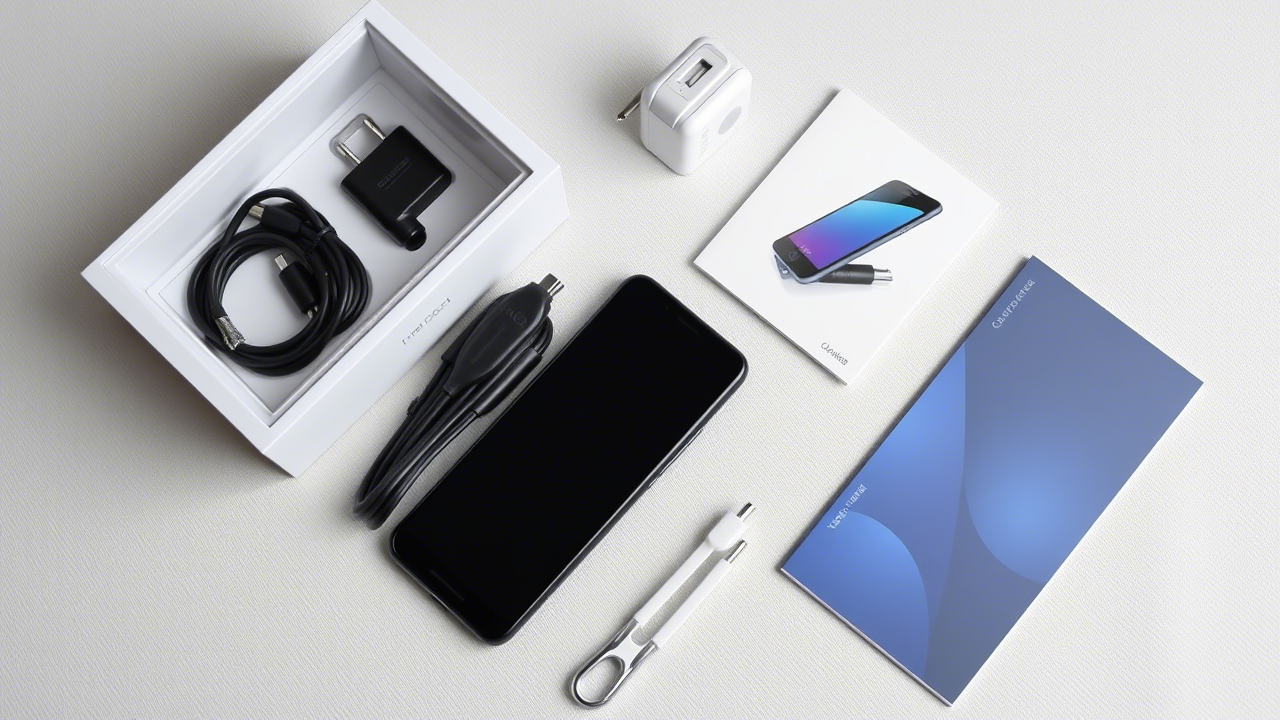What’s Inside a Smartphone Box Today?
What’s Inside a Smartphone Box Today?
In the past, unboxing a new smartphone was an experience filled with excitement—not just because of the device itself, but also because of the assortment of accessories that came with it. However, over the years, smartphone packaging has become increasingly minimal. If you’ve recently purchased a new phone, you may have noticed that the box feels lighter and simpler than before.
So, what exactly comes inside a smartphone box today? Let’s take a closer look.

The Essentials: What You’ll Almost Always Find
1. The Smartphone
Naturally, the star of the show is the phone itself, securely nestled in the box. Most manufacturers now use eco-friendly materials like molded paper or recycled plastics to hold the device in place.
2. USB-C Cable (or Lightning, for Older iPhones)
A charging cable is still a standard inclusion, though the type varies. Most Android phones now come with a USB-C cable, while iPhones (until the iPhone 15) included a Lightning cable. With the iPhone 15 series, Apple finally switched to USB-C as well.
3. Documentation & SIM Tool
You’ll usually find a small booklet with warranty information, safety guidelines, and a quick start guide. Many brands also include a SIM ejector tool, though some now integrate it into the packaging itself to reduce waste.
What’s Often Missing Now?
1. The Charging Brick (Power Adapter)
One of the most noticeable exclusions in recent years is the power adapter. Companies like Apple, Samsung, and Google no longer include a charging brick in the box, citing environmental reasons. If you don’t already have a compatible charger, you’ll need to purchase one separately.
2. Wired Earphones
Remember when phones came with a pair of basic earbuds? Those days are mostly gone. With the rise of wireless earbuds and the removal of headphone jacks from many flagship phones, manufacturers have stopped including wired headphones.
3. Screen Protectors & Cases
A few years ago, some brands included a basic screen protector or silicone case. Today, these are almost always sold separately as add-ons.
Why Have Smartphone Boxes Changed?
The shift toward minimal packaging is driven by a few key factors:
- Environmental Concerns – Reducing e-waste and carbon footprints is a priority for many companies. Smaller boxes mean fewer materials and more efficient shipping.
- Cost Savings – Eliminating accessories allows manufacturers to cut costs (though this isn’t always reflected in the phone’s price).
- Consumer Behavior – Many users already own chargers, headphones, and cases, making redundant inclusions unnecessary.
Final Thoughts
While unboxing a new smartphone isn’t as exciting as it once was, the changes reflect broader shifts in technology and sustainability. If you’re buying a new phone today, it’s worth checking what’s included—or more importantly, what’s not included—so you can prepare any additional accessories you might need.
Have you noticed these changes in recent smartphone purchases? What do you think about the move toward minimal packaging? Share your thoughts in the comments.